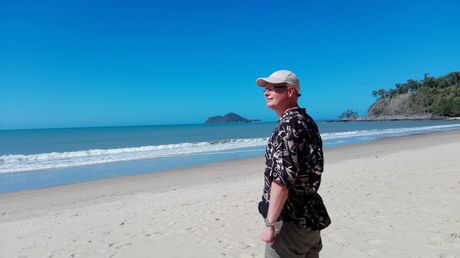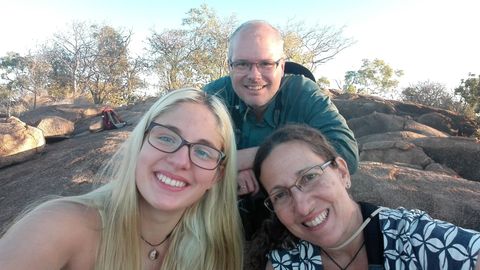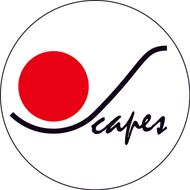About Dotscapes
In the last years I repeatedly had the opportunity to visit Australia. On these occasions I had several encounters with aboriginal art admiring the rock paintings in the Northern Territory, strolling through museum exhibits, or visiting galleries. It is certainly oversimplified to state that Aborigines express themselves either figuratively or through abstract patterns whose elements often are dots. But the pictures always have a spiritual connotation, which in its full meaning and depth remains concealed to the non-initiated. In any case, they create a meditative impression on the naive contemplator. In many cases, the abstract paintings represent some kind of map depicting e.g. relationships between people, between people and a region or to the animate and inanimate nature from a bird’s eye view.
During a flight across the Australian continent my wife and I were deeply impressed by the diverse desert landscapes. We took many photographs and developed the idea to depict actual landscapes in a fashion similar to that of the Aborigines, as dotscapes, tracing and emphasizing certain structures by dots. Soon after, I started to see similar landscapes on rocks, in sand or water. Consequently, not only landscapes but also rockscapes, sand-, bark- and waterscapes came into being.
In no way do I have the intention to compete with Aboriginal artists. My pictures do not have the spiritual, rich, cultural background. They simply may draw the contemplator’s attention to the beauty of real, natural structures. Perhaps, the dotscapes placed on top of these structures unfold a meditative character, which, last but not least, also reflects the process of creation.



About the Artist
Martin Haase was born in Vienna in 1965, where he studied Biology. After long years of travel holding academic positions in Basel (Switzerland), Hamilton (New Zealand), Paris (France) und Bonn (Germany) he moved to the University of Greifswald at the Baltic coast of Germany together with his wife Angela Schmitz late in 2006, where they jointly head the research group “Vogelwarte” (bird observatory; formerly “Vogelwarte Hiddensee”) at the Zoological Institute and Museum. In his research, he focuses on questions regarding the evolution, relationships and distribution of gastropods and birds applying a wide spectrum of morphological and genetic methods.



